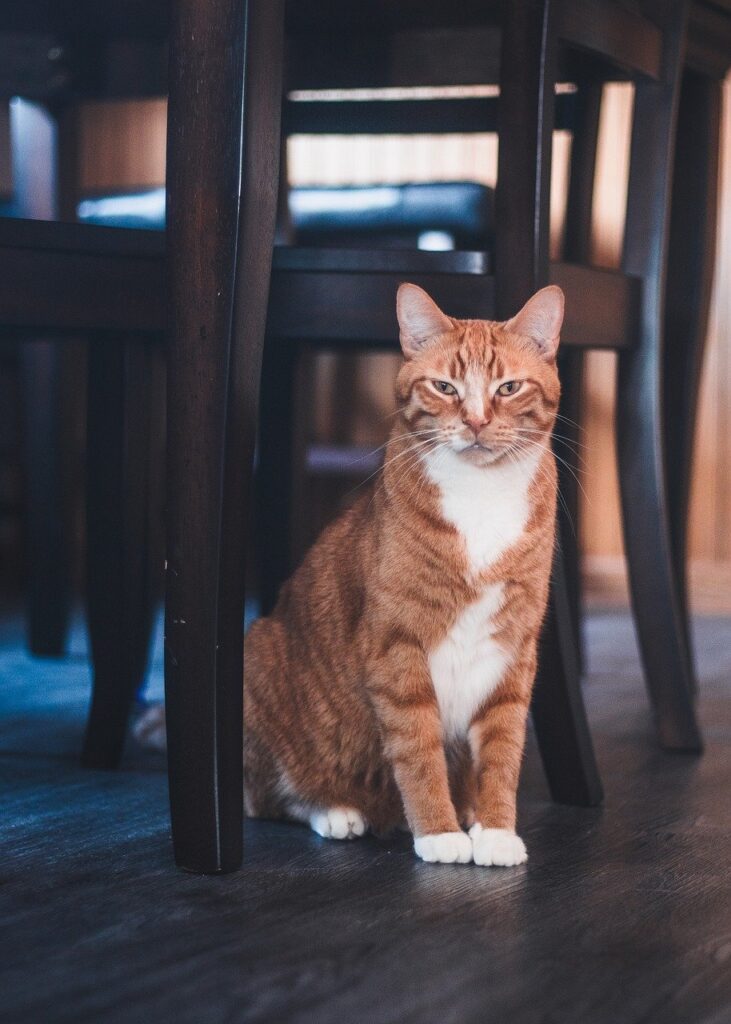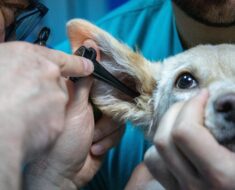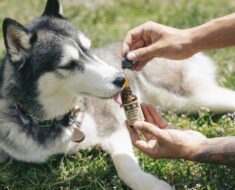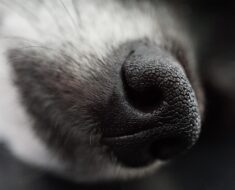Your cat’s discerning palate might crave table scraps and tempting treats, but some human foods can be downright dangerous for your feline friend. As obligate carnivores, cats have unique dietary needs that differ vastly from ours. What might seem like a harmless snack could be a silent toxin wreaking havoc on their delicate systems. Let’s delve into the science behind feline nutrition and uncover the hidden dangers lurking in your kitchen.

1. The Chocolate Catastrophe: While we revel in the rich indulgence of chocolate, its theobromine content can spell disaster for cats. This methylxanthine compound, similar to caffeine, is metabolized much slower in felines, leading to toxic buildup. Symptoms range from vomiting and diarrhea to cardiac arrhythmias and seizures (Fitzgerald, 2010). Keep those chocolate stashes securely hidden!
2. The Dairy Dilemma: A saucer of milk might evoke nostalgic images of contented kittens, but lactose intolerance is common in adult cats. As they age, their bodies produce less lactase, the enzyme needed to break down lactose, leading to digestive upset (Chew, 2011). Opt for fresh water, the ultimate hydration source for your furry friend.
3. The Raw Risk: While some advocate for raw diets, uncooked meat and eggs can harbor Salmonella and E. coli, posing significant health risks for cats (Stiver et al., 2003). Commercially prepared cat food undergoes rigorous safety measures to eliminate these pathogens. Consult your veterinarian before embarking on any raw feeding regimen.
4. The Grapefruit Grievance: Grapes and raisins remain a mystery toxin, with the exact mechanism of their toxicity unknown. However, even small amounts can trigger acute kidney injury in susceptible cats (Morrow et al., 2008). Steer clear of these fruits altogether.
5. The Allium Ambush: Onions, garlic, chives, and their relatives contain compounds that damage red blood cells, leading to Heinz body anemia in cats (Lee et al., 2000). This condition can be life-threatening, so avoid these pungent ingredients at all costs.
6. The Xylitol X-odus: This sugar substitute, ubiquitous in sugar-free products, can cause a rapid release of insulin in cats, resulting in hypoglycemia (Dunayer, 2004). Seizures, liver failure, and even death can follow. Always scrutinize ingredient lists and choose xylitol-free options.
7. The Plant Paradox: Many common houseplants, including lilies, tulips, and sago palms, are toxic to cats (Fitzgerald, 2010). Ingestion can lead to a range of symptoms, from drooling and vomiting to organ failure. Opt for cat-friendly alternatives like catnip or cat grass.
By understanding your cat’s unique dietary needs and the potential dangers of certain foods, you can ensure they live a long, healthy, and purr-fectly happy life. Always consult your veterinarian for personalized nutritional advice and guidance.
Bonus Tip: Engage your cat’s natural hunting instincts with puzzle feeders and food toys. Not only will it keep them mentally stimulated, but it might just distract them from those tempting human treats – until next time, that is!
So, arm yourself with this knowledge and keep your feline friend safe from forbidden feasts. After all, a healthy cat is a happy cat, and a happy cat means fewer mysterious hairballs and more purrs of contentment. Now go forth and conquer the kitchen – for your cat’s sake, of course!
References:
- Chew, D. J. (2011). Nutritional assessment and management of chronic kidney disease in cats. Veterinary Clinics: Small Animal Practice, 41(6), 1183-1206.
- Dunayer, E. K. (2004). Xylitol ingestion: An important cause of acute hepatic failure in dogs. Veterinary and Human Toxicology, 46(1), 20-22.
- Fitzgerald, K. T. (2010). Lily toxicity in the cat. Topics in companion animal medicine, 25(4), 213-217.
- Lee, K. W., Yamato, O., Tajima, M., Kuraoka, M., Omae, S., & Maede, Y. (2000). Hematologic changes associated with the administration of garlic extract to dogs. American Journal of Veterinary Research, 61(11), 1446-1450.
- Morrow, C. M., Valli, V. E., & Volmer, P. A. (2008). Canine renal pathology associated with grape or raisin ingestion: 10 cases. Veterinary Pathology, 45(2), 223-231.
- Stiver, S. L., Clark, E. G., & Nolan, L. K. (2003). Prevalence of Salmonella spp. in raw meat diets for pets. Canadian Veterinary Journal, 44(9), 736-740.





